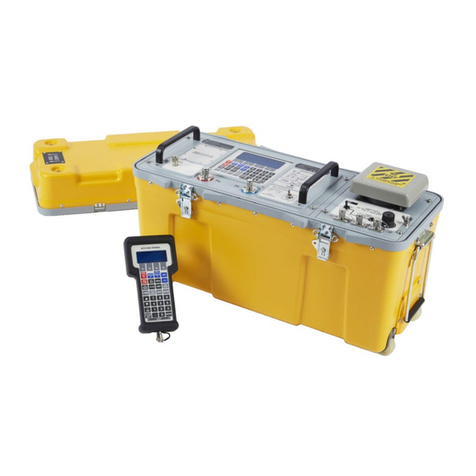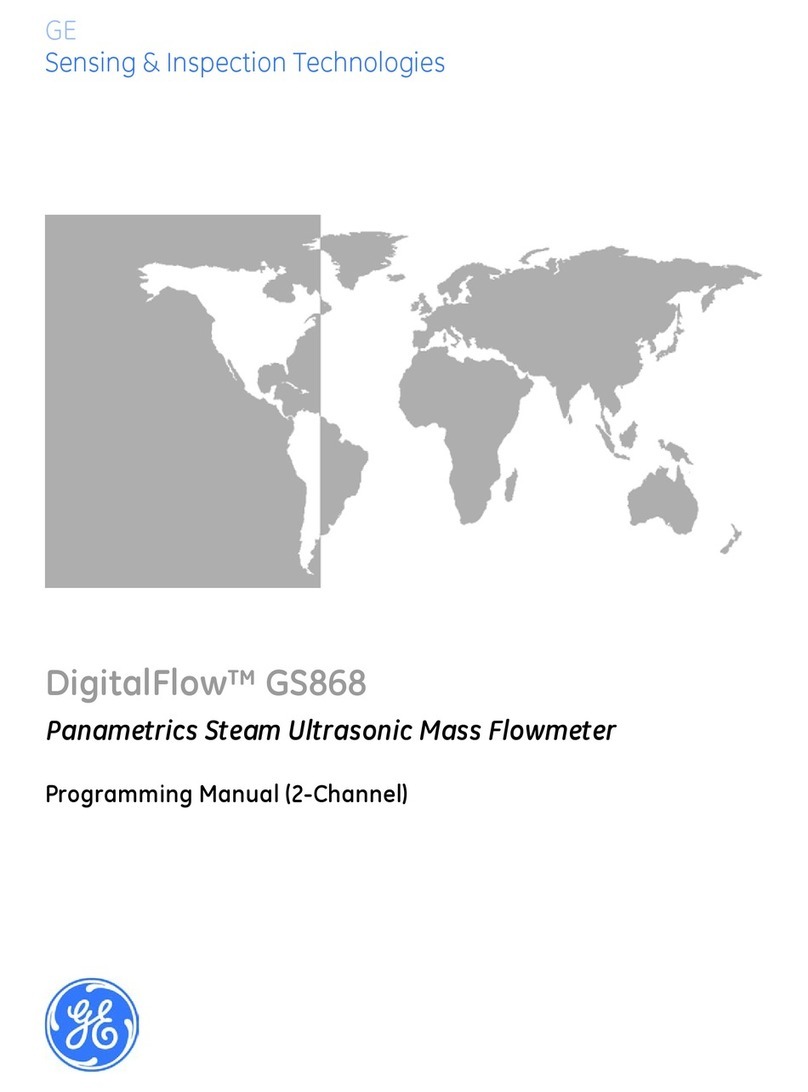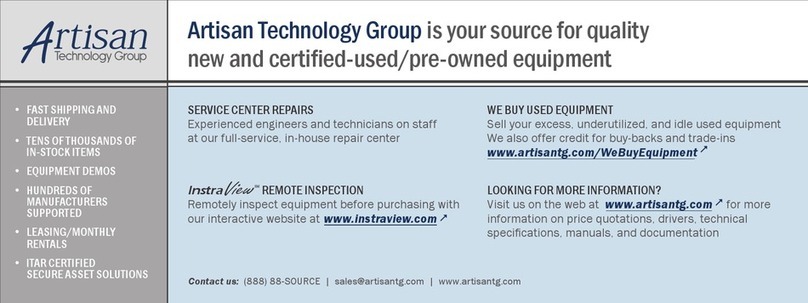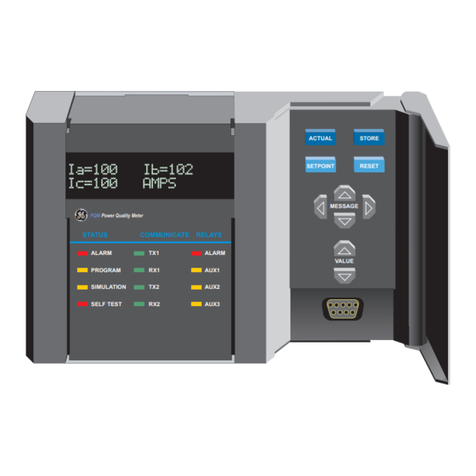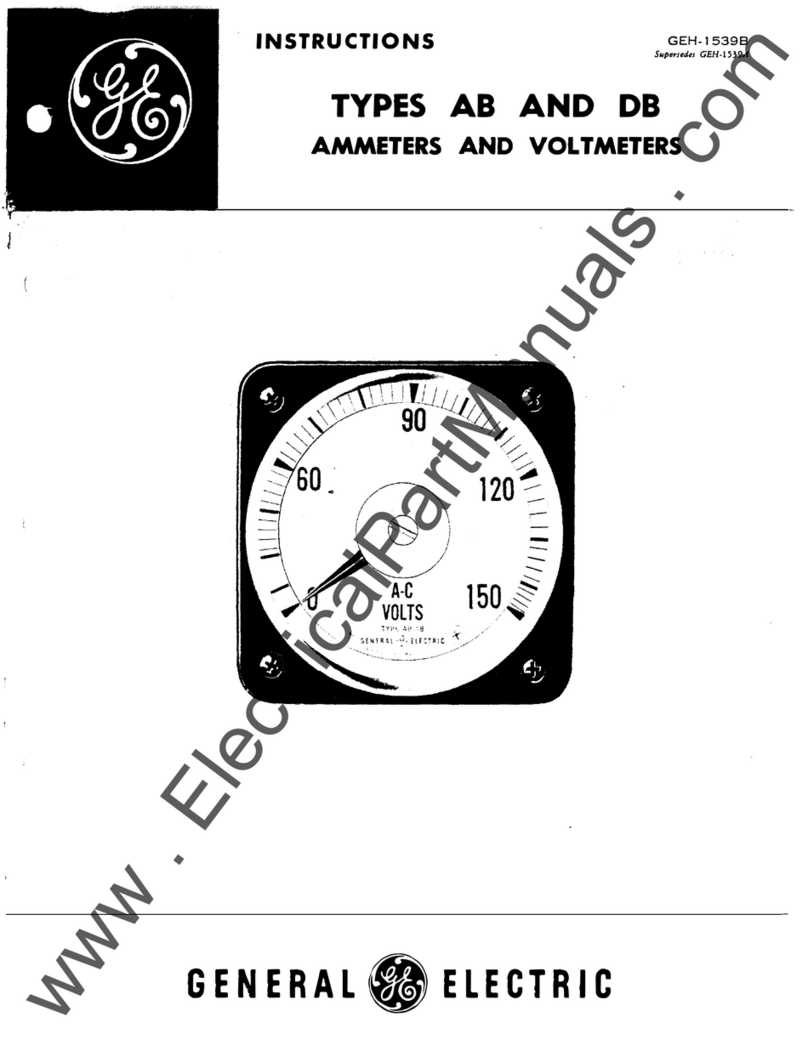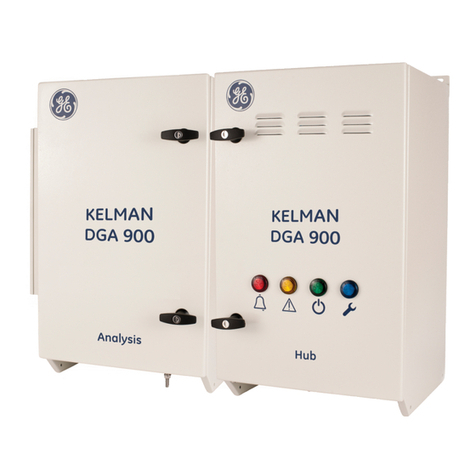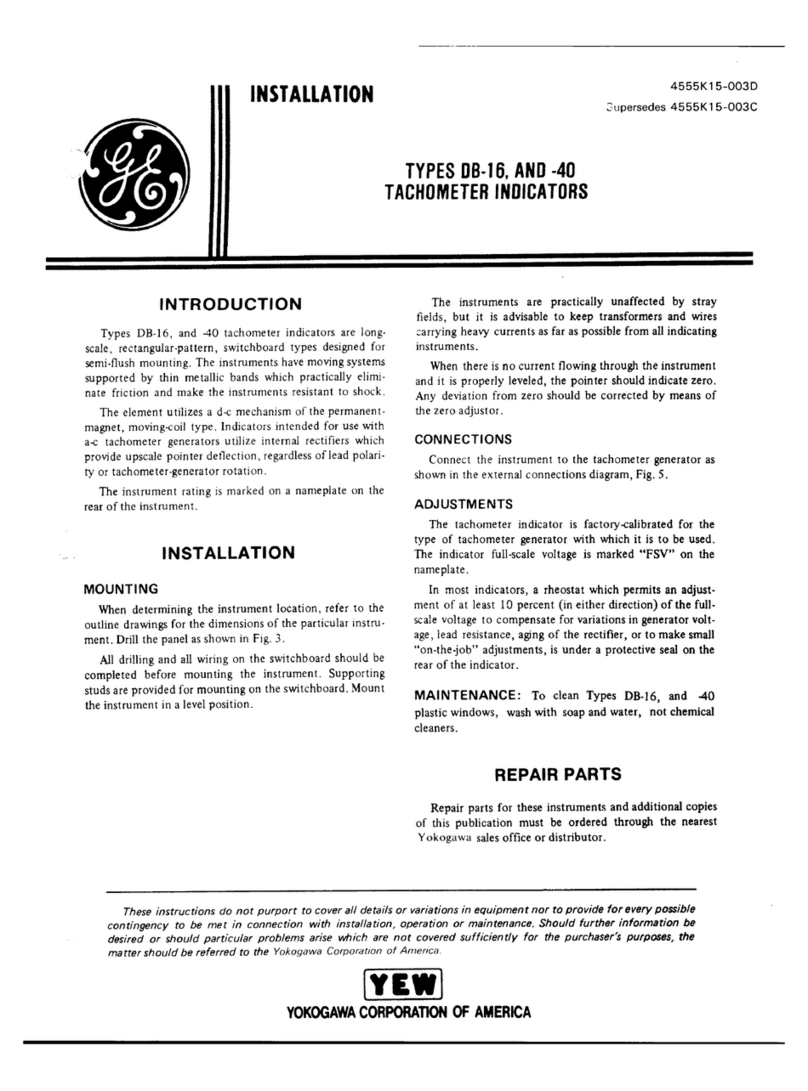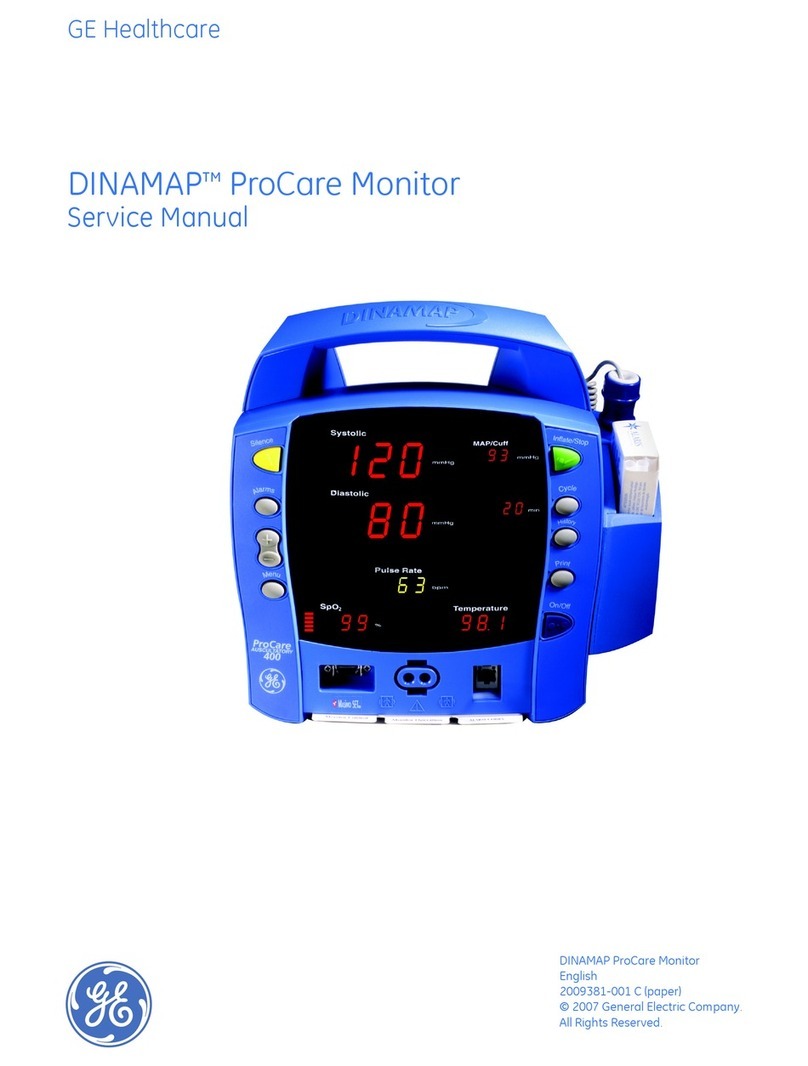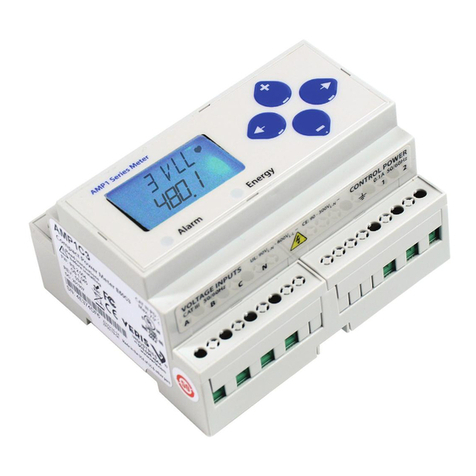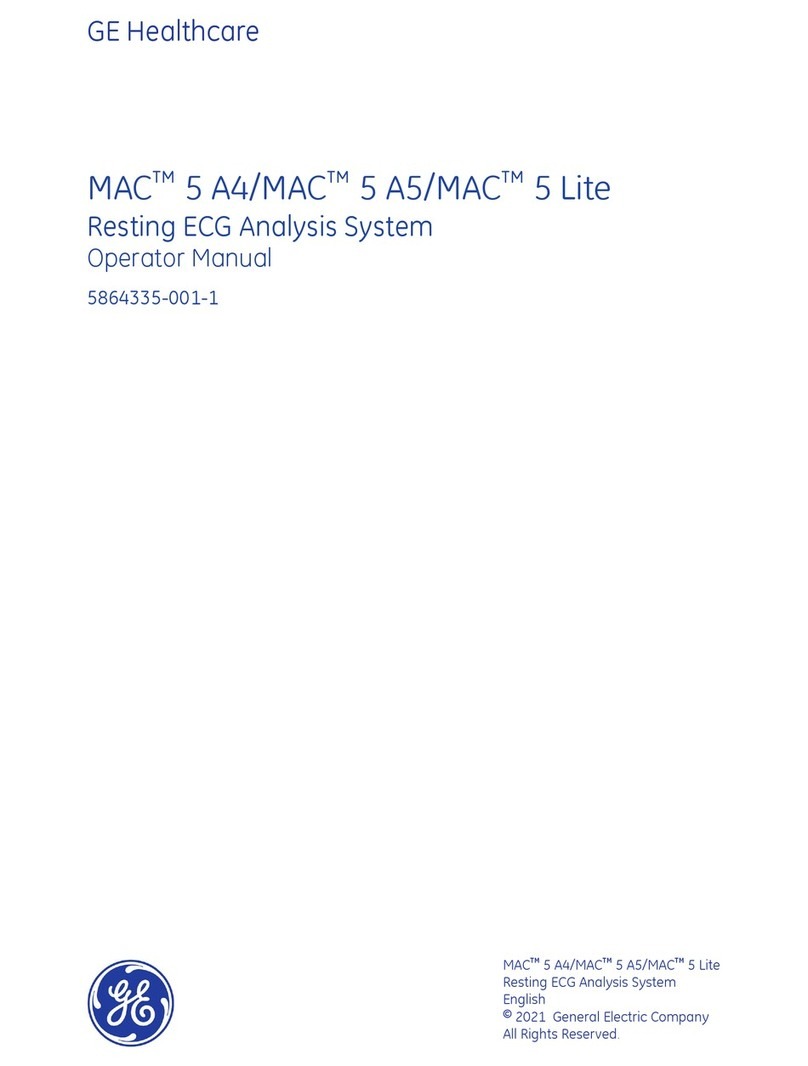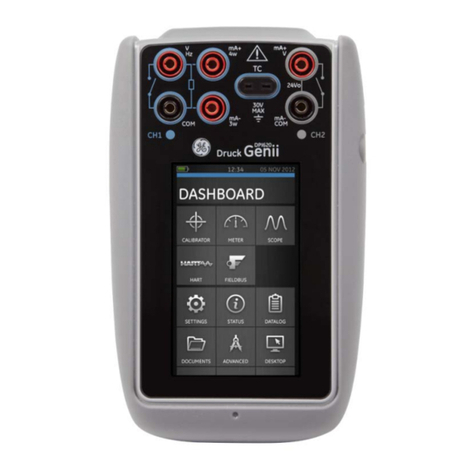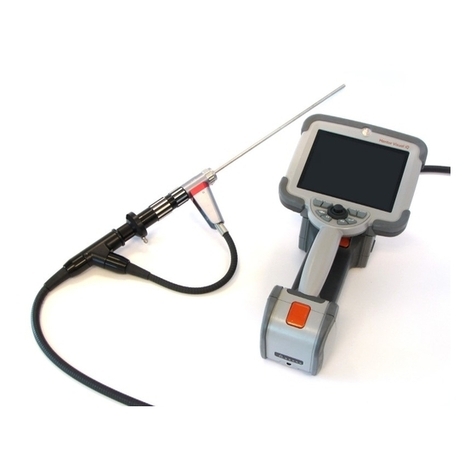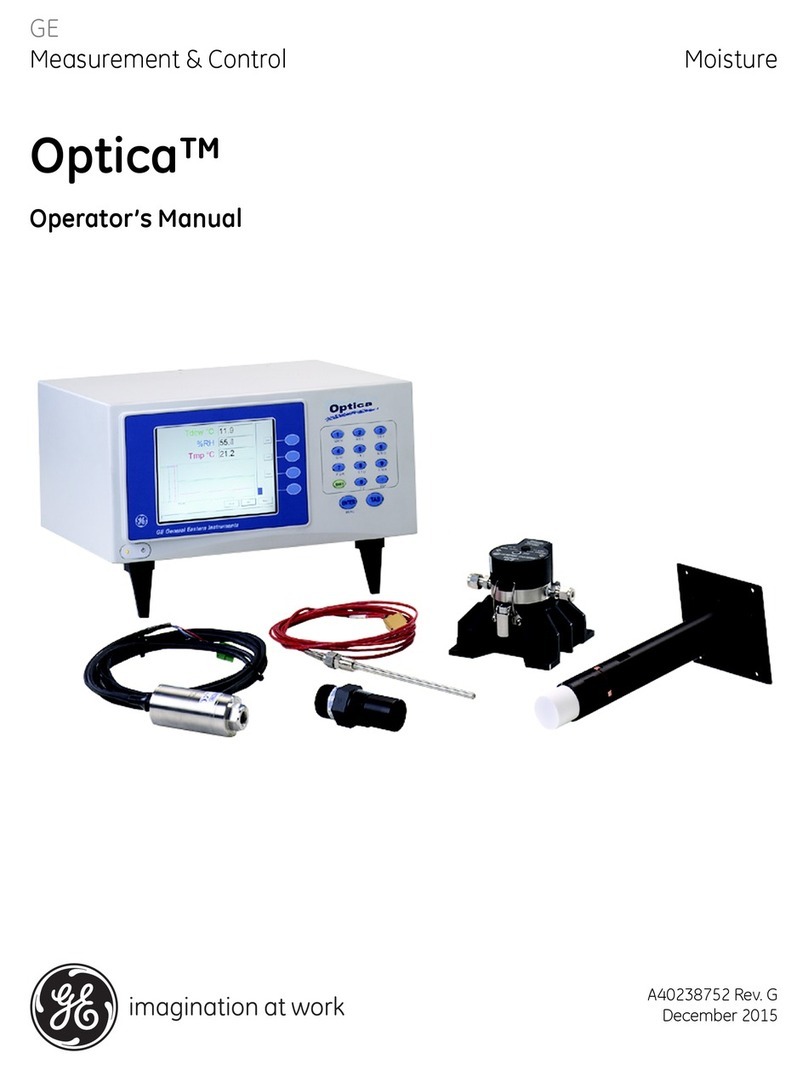
Contents
TransPort®PT900 User’s Manual iii
Typographical Conventions - - - - - - - - - - - - - - - - - - - - - - - - - - - - - - - - - - - vii
Safety Issues - - - - - - - - - - - - - - - - - - - - - - - - - - - - - - - - - - - - - - - - - - - - viii
Auxiliary Equipment - - - - - - - - - - - - - - - - - - - - - - - - - - - - - - - - - - - - - - - - ix
Product Registration - - - - - - - - - - - - - - - - - - - - - - - - - - - - - - - - - - - - - - - - x
Services- - - - - - - - - - - - - - - - - - - - - - - - - - - - - - - - - - - - - - - - - - - - - - - - - x
Regulatory Compliance - - - - - - - - - - - - - - - - - - - - - - - - - - - - - - - - - - - - - - xi
Chapter 1. Introduction
1.1 Product Registration . . . . . . . . . . . . . . . . . . . . . . . . . . . . . . . . . . . . . . . . . . . . . . . . . .1
1.2 System Description . . . . . . . . . . . . . . . . . . . . . . . . . . . . . . . . . . . . . . . . . . . . . . . . . . .1
Chapter 2. Installation
2.1 Introduction . . . . . . . . . . . . . . . . . . . . . . . . . . . . . . . . . . . . . . . . . . . . . . . . . . . . . . . . . .3
2.2 Unpacking the PT900 System. . . . . . . . . . . . . . . . . . . . . . . . . . . . . . . . . . . . . . . . . .4
2.3 Installing a Battery Pack in the Transmitter. . . . . . . . . . . . . . . . . . . . . . . . . . . . .6
2.4 Mounting the PT900 Transmitter . . . . . . . . . . . . . . . . . . . . . . . . . . . . . . . . . . . . . . .7
2.5 Installing the Clamp-On Fixture and Transducers . . . . . . . . . . . . . . . . . . . . . . .7
2.5.1 A Sample Installation . . . . . . . . . . . . . . . . . . . . . . . . . . . . . . . . . . . . . . . . . .8
2.5.2 Transducer Spacing Calculation. . . . . . . . . . . . . . . . . . . . . . . . . . . . . . . .9
2.5.3 Mounting the PT9 Clamp-On Fixture . . . . . . . . . . . . . . . . . . . . . . . . . . . .9
2.5.4 Checking the Transducer Holders . . . . . . . . . . . . . . . . . . . . . . . . . . . . 16
2.5.5 Installing the Transducers. . . . . . . . . . . . . . . . . . . . . . . . . . . . . . . . . . . . 17
2.5.6 Even and Odd-Traverse Installations . . . . . . . . . . . . . . . . . . . . . . . . . 21
2.6 Making the Electrical Connections . . . . . . . . . . . . . . . . . . . . . . . . . . . . . . . . . . . 33
2.6.1 Connecting the Line Power. . . . . . . . . . . . . . . . . . . . . . . . . . . . . . . . . . . 33
2.6.2 Connecting the Transducers . . . . . . . . . . . . . . . . . . . . . . . . . . . . . . . . . 35
2.6.3 Connecting the Digital Output. . . . . . . . . . . . . . . . . . . . . . . . . . . . . . . . 36
2.6.4 Connecting the Analog Inputs and Output . . . . . . . . . . . . . . . . . . . . 37
2.6.5 Connecting the Energy Cables . . . . . . . . . . . . . . . . . . . . . . . . . . . . . . . 37
2.6.6 Using the USB Port . . . . . . . . . . . . . . . . . . . . . . . . . . . . . . . . . . . . . . . . . . 38
2.6.7 Using the Bluetooth Wireless Interface . . . . . . . . . . . . . . . . . . . . . . . 38
2.7 Caring for the PT900 Batteries . . . . . . . . . . . . . . . . . . . . . . . . . . . . . . . . . . . . . . . 38
2.7.1 Charging and Storing the Batteries . . . . . . . . . . . . . . . . . . . . . . . . . . . 39
2.7.2 Replacing the Batteries . . . . . . . . . . . . . . . . . . . . . . . . . . . . . . . . . . . . . . 40
2.7.3 Disposing of the Batteries. . . . . . . . . . . . . . . . . . . . . . . . . . . . . . . . . . . . 41
2.8 Powering On and Off . . . . . . . . . . . . . . . . . . . . . . . . . . . . . . . . . . . . . . . . . . . . . . . . 41
2.9 PT900 LED Indicators. . . . . . . . . . . . . . . . . . . . . . . . . . . . . . . . . . . . . . . . . . . . . . . . 42
